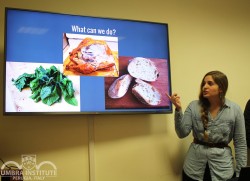 This afternoon, thirteen courses with Community Engagement components provided conference-style presentations to allow students to reflect on what they have learned during their study abroad experience and to share their new knowledge with the rest of the Umbra community. Some of these courses included Integrated Marketing Communication, Contemporary Italy, Sustainability of Food, and the Fair Trade Seminar and Practicum. Each presentation lasted for no more than fifteen minutes and drew attention to the key concepts taken from each course.
This afternoon, thirteen courses with Community Engagement components provided conference-style presentations to allow students to reflect on what they have learned during their study abroad experience and to share their new knowledge with the rest of the Umbra community. Some of these courses included Integrated Marketing Communication, Contemporary Italy, Sustainability of Food, and the Fair Trade Seminar and Practicum. Each presentation lasted for no more than fifteen minutes and drew attention to the key concepts taken from each course.
Each Community Engagement activity at Umbra presents a new and diverse perspective of Italian culture. For example, the Integrated Marketing Communication course presented their work with Sara and Giulia Goretti, founders of WineTherapy. For their project, they analyzed and researched WineTherapy competitors and provided a full SWOT analysis before setting to work to develop an integrated marketing strategy to meet WineTherapy’s goals of appealing to youth and reaching international recognition. All the while, Sustainability of Food students studied the sociopolitical popularity of the sustainability “trend” and learned how to turn the popular trend into a reality for people from all walks of life. Sustainability students worked with local Italian students to present the practical reality of sustainable food culture and presented their findings, based on the Italian perspective blended with their own.
Other students presented their work with local Italian families, the organizational behavior of an up and coming Truffle business, a chocolate museum and fair trade bottega, and more.
The event’s winning presentation was that of the Community Based Research in 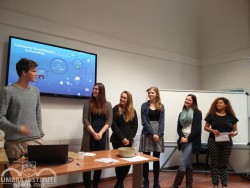 Psychology students. Students analyzed different Umbra initiatives such as the RepEAT Box project and the SoloItaliano Challenge. Students then used the information they collected to offer their understanding and insight relative to psychological behavior and habits, all with the goal of improving practicality of each initiative and to encourage that they be maintained in the Perugian community.
Psychology students. Students analyzed different Umbra initiatives such as the RepEAT Box project and the SoloItaliano Challenge. Students then used the information they collected to offer their understanding and insight relative to psychological behavior and habits, all with the goal of improving practicality of each initiative and to encourage that they be maintained in the Perugian community.
To read more about Umbra’s many Community Engagement Initiatives, click here.


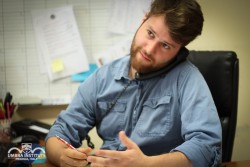
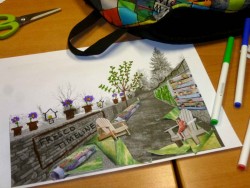
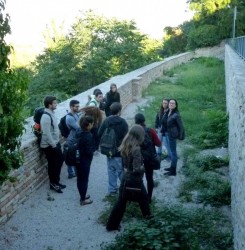
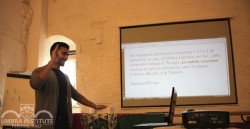
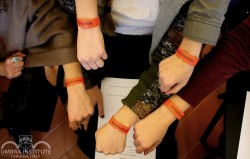
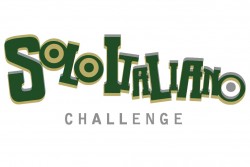
 2. Coffee’s Path to Italy
2. Coffee’s Path to Italy


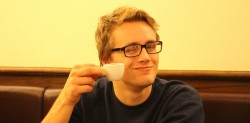
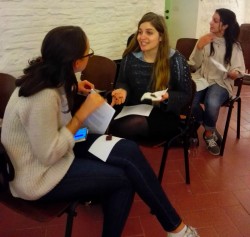
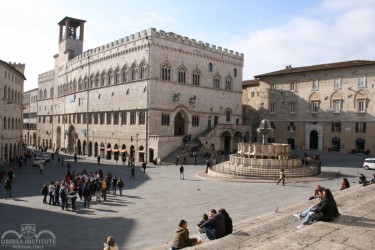 Tuesday, November 3rd, Perugia received the official title as the Youth Capital of Italy for the year of 2016. Perugia received this title because it is known as an exceptional university city whose youth take pride in numerous local, national, and international initiatives relative to political and social causes. The energy devoted to change and development has not gone unnoticed as the city is also in the running to be elected as the Youth Capital of Europe for the year of 2018; this is the second consecutive year that Perugia has been the only Italian city to be nominated for this prestigious award.
Tuesday, November 3rd, Perugia received the official title as the Youth Capital of Italy for the year of 2016. Perugia received this title because it is known as an exceptional university city whose youth take pride in numerous local, national, and international initiatives relative to political and social causes. The energy devoted to change and development has not gone unnoticed as the city is also in the running to be elected as the Youth Capital of Europe for the year of 2018; this is the second consecutive year that Perugia has been the only Italian city to be nominated for this prestigious award.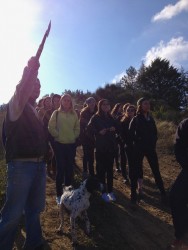
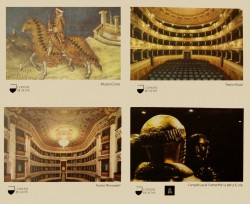 students through Siena, providing them with an optimal tour of the city’s primary historic locations and relics relative to historically Holy Women, including Saint Catherine of Siena, an important follower of Dominican doctrine. Students were led through the Duomo, the crypt, and the cathedral museum of Siena before visiting the Palazzo Pubblico, San Domenico, and the home of Saint Catherine.
students through Siena, providing them with an optimal tour of the city’s primary historic locations and relics relative to historically Holy Women, including Saint Catherine of Siena, an important follower of Dominican doctrine. Students were led through the Duomo, the crypt, and the cathedral museum of Siena before visiting the Palazzo Pubblico, San Domenico, and the home of Saint Catherine.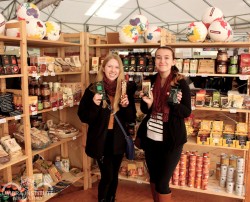
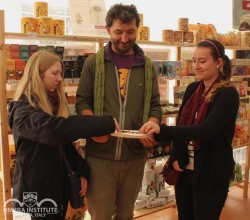 utilize their newly acquired knowledge by working, weekly, with the owners of a local Fair Trade shop and the coordinators of the annual Altrocioccolato festival. This element of the course is highly valuable as it allows students to interact directly with Italian fair trade supporters, to ask questions, and to learn how to present fair trade both through in-store client interactions and through the design of brochures used to present the importance of various products found within the shop.
utilize their newly acquired knowledge by working, weekly, with the owners of a local Fair Trade shop and the coordinators of the annual Altrocioccolato festival. This element of the course is highly valuable as it allows students to interact directly with Italian fair trade supporters, to ask questions, and to learn how to present fair trade both through in-store client interactions and through the design of brochures used to present the importance of various products found within the shop.